#Mameluke
Text



French 'Sabre a l'Orientale' cavalry officers' sword
The 'Sabre a l'Orientale' (often called mameluke swords in English) gained popularity with fashionable officers during the French campaign in Egypt and Syria (1798 to 1801).
Initially, these swords would have been acquired in battle either as a trophy, from being given as a token of respect by allies, or from a surrendering foe.
However, as the fashion spread throughout Europe, local sword makers and cutlers began to produce their own interpretations of the style, such as the regulation dress sabres of British Lancers.
This sword style remains in service today as the British 1831 Pattern General Officers sword and US Marine Corps Officer dress sword.

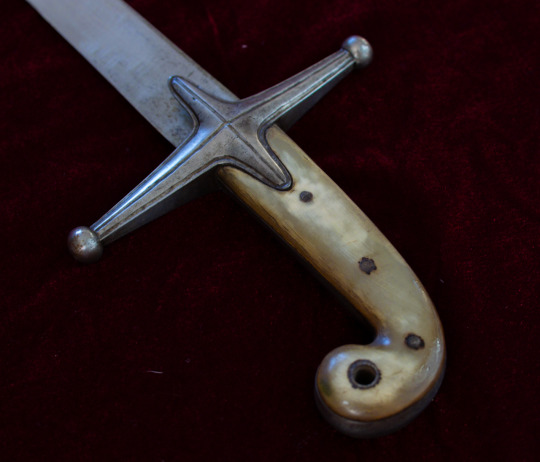
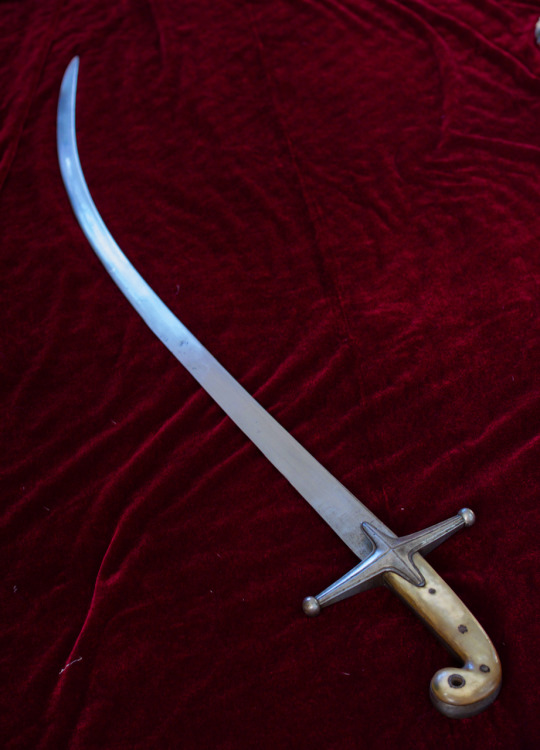
My sword likely dates from 1810 to 1830 and caught my interest because it features an Eastern-produced shamshir blade mounted in a European-made mameluke-style hilt with cow or buffalo horn grip scales. The sword is plain and functional without the ornamentation typically found on swords belonging to senior officers. Going by the style of scabbard drag, this sword originally belonged to a French cavalry officer.

Stats:
Overall Length - 950 mm
Blade Length - 805 mm
Curve - 75 mm
Point of Balance - 1730 mm
Grip Length - 125 mm
Inside Grip Length - 94 mm
Weight - 920 grams
#sabre#sword#sabres#swords#antiques#military antiques#French swords#Mameluke#napoleonic wars#mamaluke sabre#Sabre a l'orientale
97 notes
·
View notes
Text
Múmin Magazine Issue 4: Jungle in Moominhouse, part 2
Part 1 Part 3


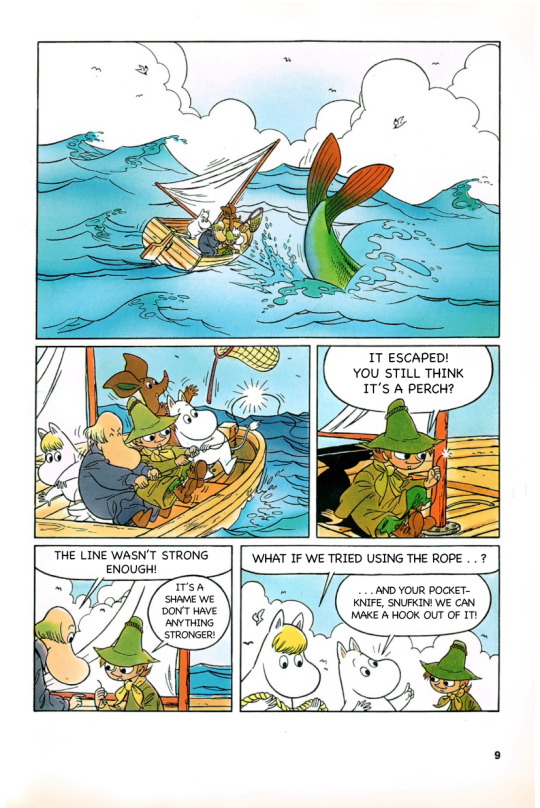
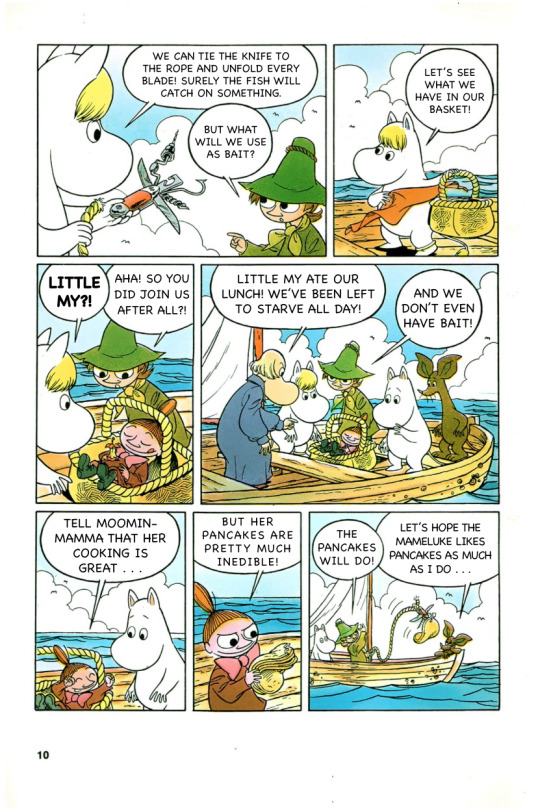

#moomins#snufkin. my guy. please fix your posture i'm begging you#LITTLE MY DO NOT SAY THAT ABOUT MOOMINMAMMA'S PANCAKES#moomin#sniff#snorkmaiden#snufkin#little my#mr hemulen#mameluke#múmin magazine#moomin comic#scanlation#hungarian moomins
34 notes
·
View notes
Text
Roustam’s first impression and description of Napoleon:
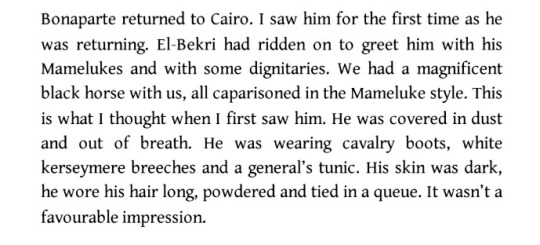
#roustam raza#raza#roustam#napoleon#napoleon bonaparte#napoleonic era#napoleonic#first french empire#french empire#france#Mameluke#Mamelukes#Egypt#Egypt campaign#Napoleon’s Egypt campaign#history#1790s#description of Napoleon
31 notes
·
View notes
Photo
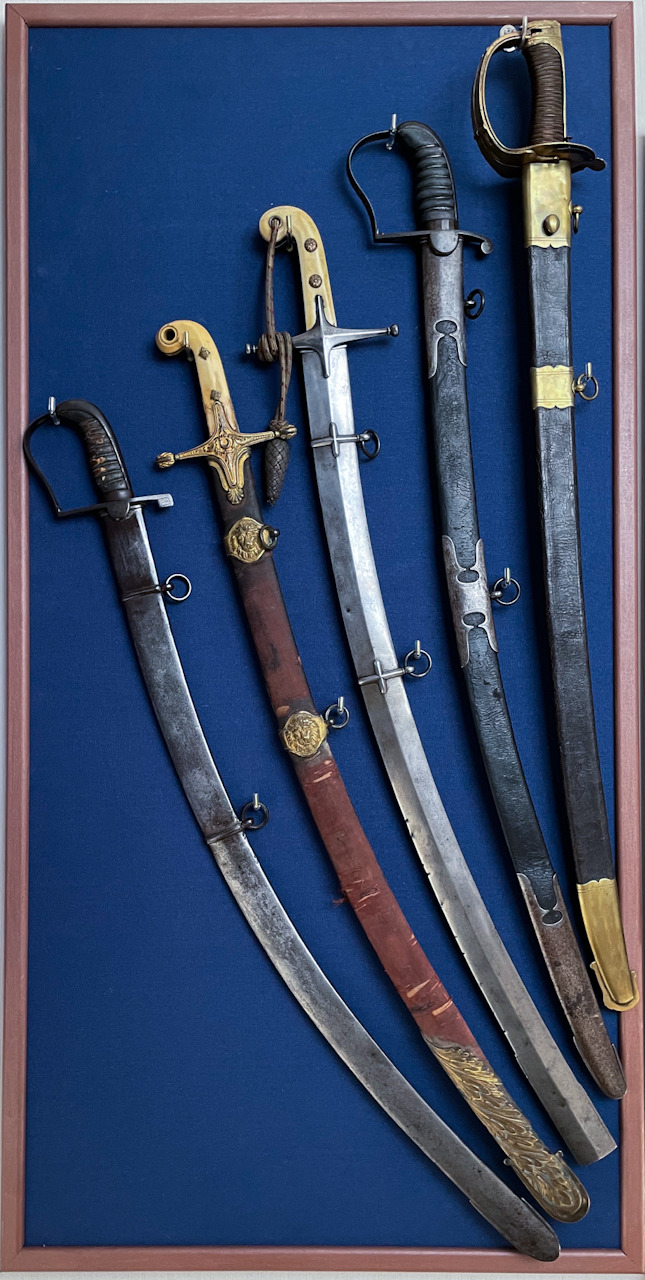
Happy Fathers Day! This was my weekend’s project; another display board. More of a random theme this time round as I fill it with odds and ends that have caught my attention.
From right to left they are:
British, Georgian era light cavalry officers dress sabre
British 1822 Regulation full dress mameluke sabre for an officer of the 12th Lancers
British 1822 Regulation dress Lancer officers’ mameluke sabre
British, Georgian era officers’ pipe-back sabre
French Revolutionary mounted officers sabre with rotating guard.
#swords#sabres#sabre#mameluke#British#French#Napoleonic wars#georgian#antique#Wall of Swords#Displays#Cavalry#British army#french army
46 notes
·
View notes
Text
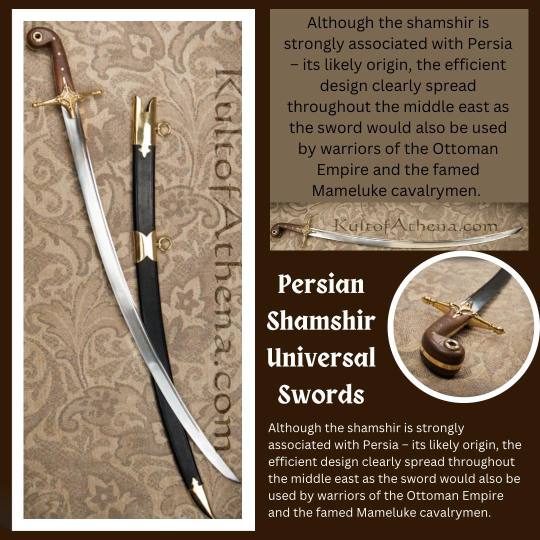
Not merely pleasing to the eye, the curve of the Shamshir or Scimitar creates a blade designed to cut deeply and swiftly. As the blade enters the target on the bottom of the blade curve, the angle of the tip as it passes through the target ensures that the wound is made as deep as possible. Though the blade is curved, in skilled hands it can be a sword that can bring a surprising thrust to an opponent who expects a slashing sword when he glances at its appearance.
Like historical examples, this reproduced Shamshir is a swiftly striking blade that feels quick and responsive in the hand. The curved grip with a swollen pommel not only acts as a backstop to keep the blade in hand mid-swing, but it also brings close contact with the back of the hand. This contact allows the wielder to subtly power the blade through the swing with back of the hand, not just the palm and wrist.
Persian Shamshir – Universal Swords In stock and available to order
#Kult of Athena#KultOfAthena#videos#Universal Swords#Persian Shamshir#Instagram#Shamshir#Shamshirs#sword#swords#weapon#weapons#blade#blades#Middle Eastern Indian & N. African Swords#Middle Eastern Indian & N. African Weapons#Battle Ready#1055 High Carbon Steel#Middle Eastern Swords#Middle Eastern Weapons#Scimitar#Scimitars#Ottoman Empire#Mameluke
1 note
·
View note
Text
Saint-Denis is a bit perturbed at Longwood
At Longwood, Napoleon assigned two tables for the servants for their meals. He put Marchand at Table 1 and Mameluke Ali at Table 2. Saint-Denis was mortified by this demotion (Translation by google and me):
The next day the opportunity presented itself. I approached the Emperor and explained my reasons to him. His Majesty, seeing that my self-esteem was deeply hurt in view of my complaint, readily consented to my eating at the first table. "Diable!" said the Emperor, looking at me with both eyes, "You aren't like Desaix. I would have made him eat in the kitchen with the dog or the cat and he would not have made any comments to me. All right, go!" I made a slight inclination of the head in sign of thanks and walked away.
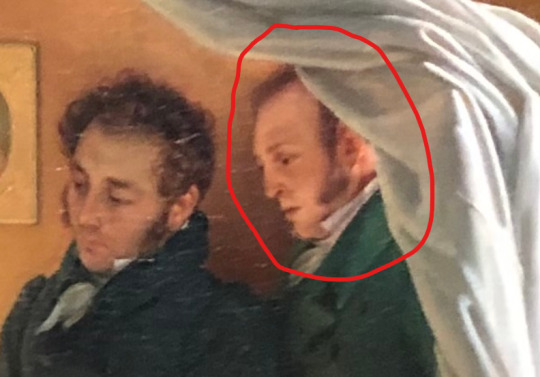
Souvenirs du mameluck Ali (Louis-Étienne Saint Denis) sur l'empereur Napoléon by Louis-Etienne Saint-Denis, Intro by Gustave Michaut, 1926, available at google books.
This book is translated into English: With Napoleon from the Tuileries to St. Helena and one can borrow it at archive.org
21 notes
·
View notes
Text

Charge of the Mamelukes at the Battle of Austerlitz by Felician Myrbach
#battle of austerlitz#mamluks#mamelukes#cavalry charge#art#cavalry#france#egypt#europe#history#felician myrbach#napoleonic#napoleonic wars#mamluk#imperial guard#mounted chasseurs#chasseurs
81 notes
·
View notes
Text
In the first volume of Paul Britten Austin’s 1812 trilogy, there’s an anecdote about a Mameluke named Amédé who apparently served Murat. Austin mentions, in a footnote, that Amédé’s portrait was actually painted by Hortense de Beauharnais. Unfortunately I haven’t been able to find the portrait, or any information on Amédé whatsoever so far. If anyone here might happen to have or come across anything about him, please share!
18 notes
·
View notes
Text

Mameluk tombs and Citadel in Cairo, Egypt
British vintage postcard, mailed in 1931 to France
#citadel#old#postcard#tombs#postkaart#british#1931#vintage#briefkaart#postal#ansichtskarte#ephemera#photography#photo#egypt#mameluk#postkarte#tarjeta#france#mailed#historic#sepia#cairo#carte postale
2 notes
·
View notes
Photo


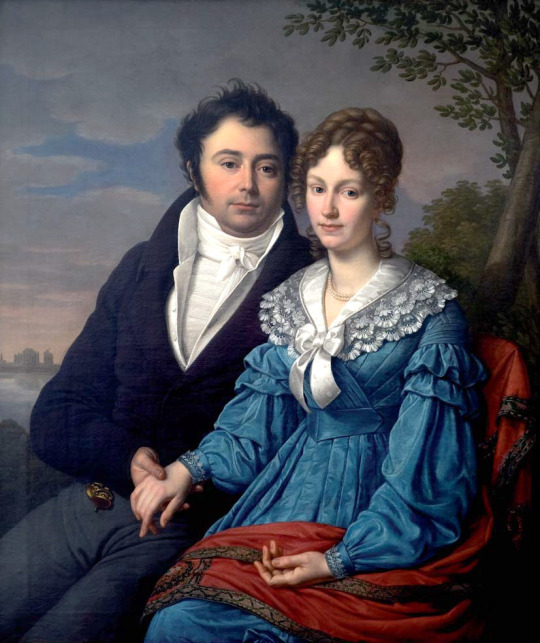




It’s the later 1810s (from top to bottom) -
ca. 1815 Apolonia Kamińska née Sokołowska by Józef Reichan (location ?). From tumblr.com/lenkaastrelenkaa/701357046637936640 2048X2735 @72 1.5Mj.
1817 Lady by Jérôme-Martin Langlois (private collection). From tumblr.com/historical-fashion-devotee 1280X1597 @72 401kj.
ca. 1817 Heinrich Theodor Wilhelm and Catharina Jakobina Zanders by Heinrich Christoph Kolbe (private collection). From tumblr.com/fashion-history-germany 827X984 @72 268kj.
1819 Anna Pavlovna, Queen Consort of the Netherlands by Alexandre De Latour (Netherlands Royal Collection). From tumblr.com-historical-fashion-devotee; fixed spots w Pshop 1901X2339 @150 881kj.
1819 Sarah Maria Goodrich Giraud by John Wesley Jarvis (David Owsley Museum of Art - Muncie, Indiana, USA). From tumblr.com/historical-fashion-devotee; fixed spots & a few cracks w Pshop 2011X2241 @72 1.3Mj.
1817 Josefa Doubkova and her son Edward by Antonín Machek (National Gallery, Prague). From tumblr.com/historical-fashion-devotee; fixed spots & ridges w Pshop & enlarged to screen 1069X1400 @72 375kj.
Alexandra Buturlina by Nicolas de Courteille (location ?). From tinterest.com/joellefilori/tableaux-groupes/; blurred darker parts of bckgnd to fix spoys w Pshop 1430X1920 @96 639kj.
#1810s fashion#French restoration fashion#late Georgian fashion#Apolonia Kamińska#Józef Reichan#curly hair#square décolletage#long full sheer over-sleeves#waist band#Empire waistline#close skirt#Jérôme-Martin Langlois#tiara#neckline ruff#neckline bertha#mameluke sleeves#Catharina Jakobina Zanders#Heinrich Christoph Kolbe#high neckline#lapels#lace collar#pleated bertha#V waistline#Queen Anna Pavlovna#wrap#Sarah Maria Goodrich Giraud#John Wesley Jarvis#Josefa Doubkova#feathered hat#fur-trimmed coat
9 notes
·
View notes
Text
I need more Moomin content I might give Moominvalley a third chance
#I love SOME aspects of moominvalley#the dub is really nice#the music too#the lighting is amazing#and some intercations between the characters are sweet#but the writing... not my thing#i feel like it's never serious#and when it is something funny happens right after so nothing really matters#I watched until the Mameluk episode#after that one my interest for the show was gone#but everyone likes it so it must be a me problem#it's been two years#maybe I'll like it this time#I want to like it#moomin#moomins#moominvalley
10 notes
·
View notes
Text
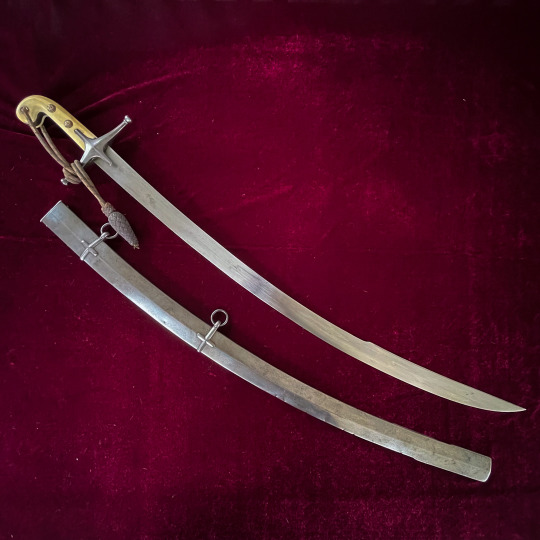

Late Georgian era British Lancers or Dragoon officers dress Mameluke sabre.
While they are called 'Mameluke' sabres by collectors, they are in truth a Europeanised interpretation of the shamshir or kilij sabres that the actual Mameluke warriors used. The 'Mameluke' sabre had become fashionable with many British (and French) officers following Napoleon's Egyptian campaign and were carried by many notable officers on both sides of the conflict, including the Duke of Wellington.
However, it was only in 1822 that the British army first officially recognised the 'Mameluke' as a regulation pattern for the newly formed lancer regiments.
In 1831 with the Pattern sword for General Officers, which remains the current dress sword for Generals in the British and many Commonwealth Armies to this day.
Mameluke sabres can also be found with links to other light cavalry and some heavy cavalry regiments, plus they were carried as bandsman's swords.


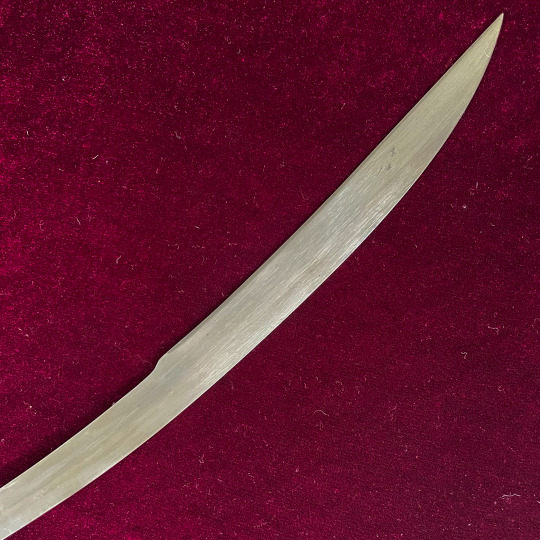
#sword#Sabre#Mameluke#Light Cavalry#Napoleonic Wars#Antiques#Antique Weapons#Military history#British Army#Lancers#Georgian Era#19th Century
103 notes
·
View notes
Text
Múmin Magazine Issue 4: Jungle in Moominhouse, part 3
Part 2 Next story






#moomins#moomin#sniff#snorkmaiden#snufkin#little my#moominmamma#moominpappa#mr hemulen#the muskrat#mameluke#moomin comic#múmin magazine#hungarian moomins#snufkin’s having a bad day huh
13 notes
·
View notes
Text
Napoleon almost becomes a victim of friendly fire
From the memoir of Roustam Raza:
My wife was seven months pregnant when I left for the Prussian and Polish campaign, which lasted eleven months. The first major battle was fought at Jena, and the entire Prussian army was destroyed in a matter of days, but before the battle, at night, the Emperor himself wanted to visit the outposts, accompanied by two marshals, Prince Borghese, Marshal Duroc, and me who never left his side.
The Emperor visited the left wing of the army, and he wanted to go past the sentries to visit the right. One moment, we’d reached the end of the line, and they were firing at the Emperor. They thought we were the enemy. We all surrounded the Emperor on all sides, so that the bullets wouldn’t hit him, and we shouted: “Cease fire, we are French!” Finally, the firing ceased, and we returned to our ranks, in no danger whatsoever.
Source: Souvenirs de Roustam, mamelouck de Napoléon Ier
#Roustam#Roustam Raza#Roustam’s memoir#napoleon#napoleonic era#napoleonic#napoleon bonaparte#first french empire#french empire#mameluke#Mamelukes#19th century#france#history#Jena#war of the 4th coalition#4th coalition#Souvenirs de Roustam mamelouck de Napoléon Ier#Souvenirs de Roustam
15 notes
·
View notes
Photo
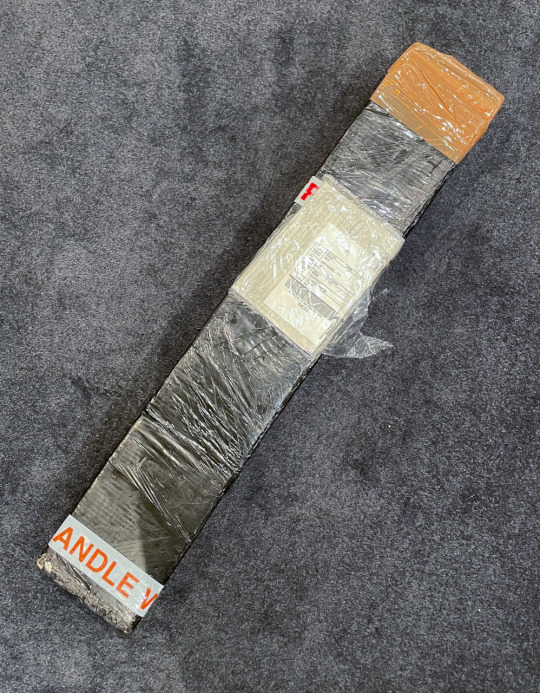
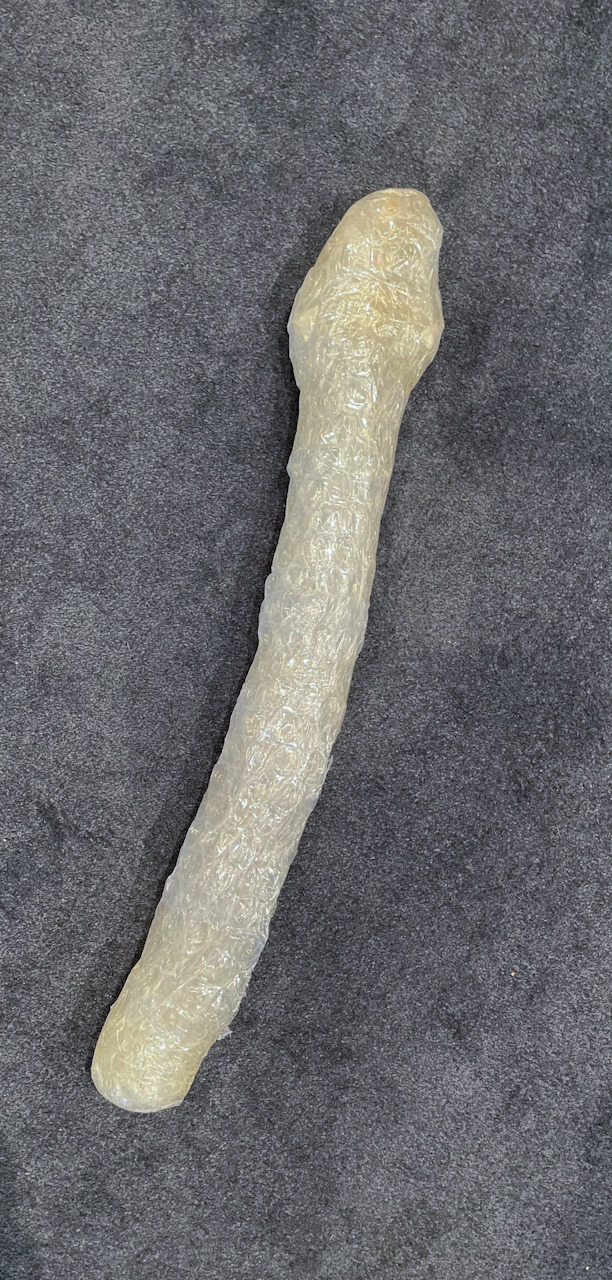


Looks like it’s Parcel O’Clock again…
This is the sword that left the UK in June, went half way around the world, only to get returned during a USA stopover. Supposedly a sub-contractor to DHL refused to carry weapons.
Arriving back in the UK in the beginning of August, it was shipped that week with all it’s paperwork using a different carrier and today it has finally arrived.
#swords#sabres#12th Royal Lancers#British Army#Light Cavalry#Full dress sabre#Mameluke#Antiques#International Arms Dealing#Georgian
13 notes
·
View notes
Text

Available on the site to pre-order now!
Balaur Arms – 15th Century Type XVIIIc Alexandria Sword
(Oct. Preorder)
#Kult of Athena#KultOfAthena#Balaur Arms#15th Century Type XVIIIc Alexandria Sword#sword#swords#weapon#weapons#blade#blades#Medieval Swords#Medieval Weapons#European Swords#European Weapons#15th century#Longswords#GB 60Si2MnA High Carbon Manganese Spring Steel#Battle Ready#Mameluke Arsenal of Alexandria
2 notes
·
View notes